Wireless electric calls: schemes and selection
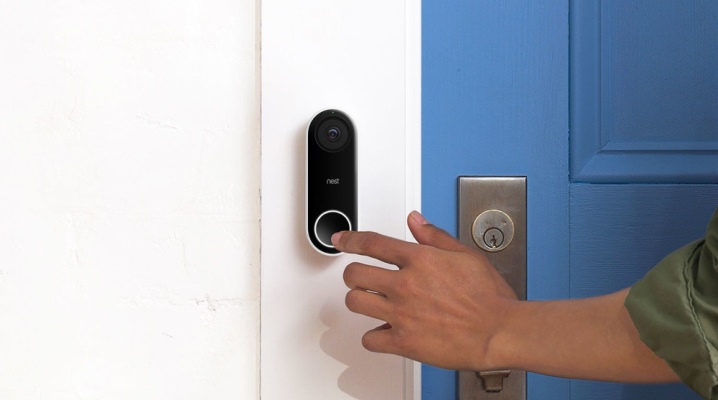
The choice of wireless electric calls is now quite wide, so it is possible to find a device that suits your needs, suitable for any operating conditions. When choosing, one must look not only at the positive aspects, but also take into account the disadvantages in order to be ready for them. Then the call will be able to serve for a long time without serious failures.


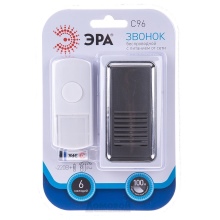
Schemes and principle of operation
These devices differ in a set of options, range and power supply. They are similar in one thing - the presence of a transmitter and a signal receiver. The transmitter is a button, the receiver is a unit with a musical microcircuit, a speaker and an antenna. Let's take a closer look at what exactly the scheme and principle of operation of wireless electric calls is.
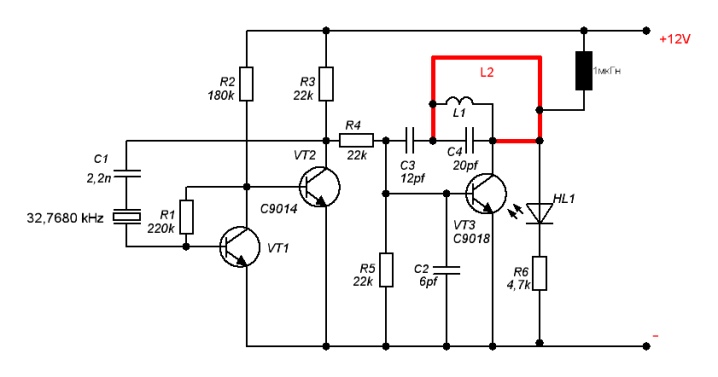
As you can see in the diagram, the transmitter includes: a high-frequency generator, an amplifier-converter, several semiconductor triodes and a power supply... The power source here is a 12 V battery. The radio signal transmission frequency to the receiver is 433 MHz. The antenna itself is missing here. Its functions are performed by two parallel connected circuits. Thus, a simple microcircuit makes it possible to broadcast a signal for 50 m or more.

The receiver structure is very simple. Its basis is a single transistor. From the transmitter, the command is sent in the form of an electronic signal to the detector, which receives it and, in turn, sends it to the amplifier. Then the command is transmitted to the sound microcircuit, where a sound signal (bell) is created for the human ear. In addition, thanks to this microcircuit, the melodies are changed, as well as the sound power is adjusted.
A sound amplifier and speaker are designed to play the call.
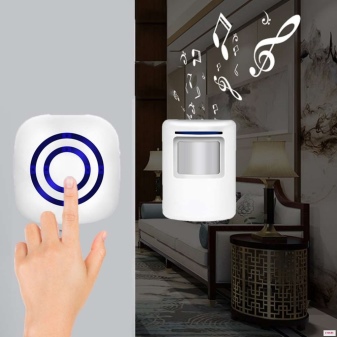
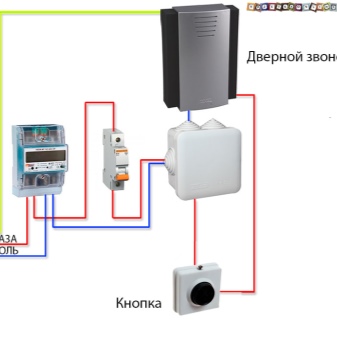
Advantages and disadvantages
Of course, all modifications are different in structure and functionality, but you can single out the main pros and cons.
The advantages of electric bells lie in several factors.
- No wiring. When assembling the bell, you do not need to pull long wires. This is especially important for outdoor applications.
- Easy to install. This directly comes from the first point - no cables. In addition, you will not need to drill holes in the walls or door frames for wires, spoil the appearance of entrance doors, gates, gates.
- Comfort. A wireless call is convenient for both hosts and guests, especially in a private house located at a distance from the entrance gate. By installing a button on the gate, the house will always hear if the guest calls.
- Completion and redeployment. It is possible to put receivers and electric calls in different places of the site or at home. And if necessary, any element can be easily outweighed from place to place.
- Beautiful design. There is a large number of various calls on the market, which make it possible to choose a device for home decoration.
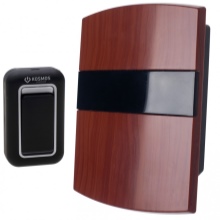
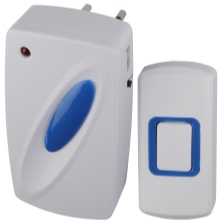

Like any technical solution, this device has its drawbacks. Let's list them.
- Insufficiently secure fixation. Typically, Velcro modifications have this flaw. Rough handling, harsh climates, or poor adhesives can cause the device to fall and fail.
- Frequent replacement or recharging of batteries. Individual samples run on batteries, which consumes a lot of energy. You should always monitor the state of charge of power supplies and purchase new ones.
- Short circuit and interruptions. When dust, moisture gets inside the device or it is hard frost outside, the device may not work properly.
- Thieves and vandals. Since the button is wireless, it is easier to steal or break.


Varieties
First of all, electronic doorbells differ from each other in terms of range. It is necessary to consider where you install this device: on the front door of an apartment or on the gate of an individual house. Electric calls are:
- apartment;
- street.
When mounted outdoors, the range of the device must be 20-25% greater than the distance between the transmitter and receiver.
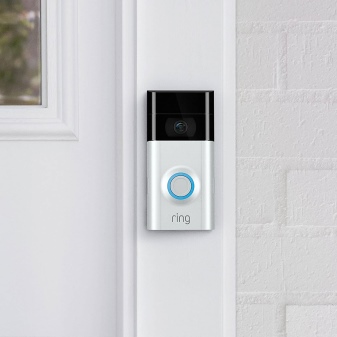

Call elements can be powered:
- button and receiver from batteries;
- the button is from batteries, and the call is from the network.
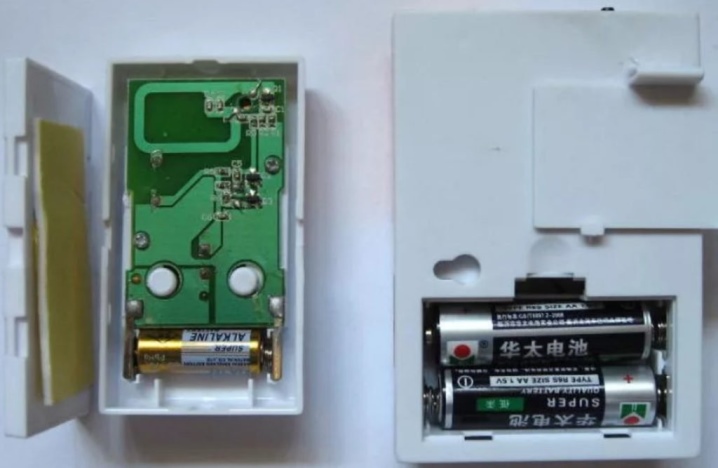
How to choose?
In order not to be mistaken when choosing, it is necessary to focus on the following characteristics.
- Design solutions. The color and configuration of the case can be different with the same principle of operation.
- Range of action. When the house or area is large, long-range samples should be selected.
- The quality level of the material. Low-grade plastics can crumble when exposed to adverse climatic conditions.
- Completeness. In the store, you need to find out what is included in the kit.
- Manufacturer. It is more expensive for a well-known brand to produce low quality products.
- Nutrition. Fully autonomous or hybrid (battery and mains).
- Warranty obligations. This is important, because the longer the warranty, the more chances that the device will last for a long time.
You can buy the device from both Russian and foreign companies. Better quality from Italians and Germans, only they are very expensive.
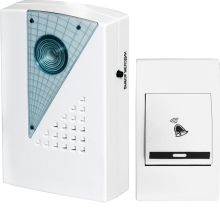
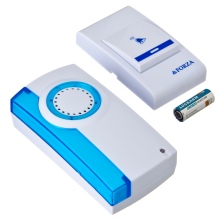
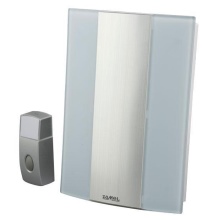
How to select a call, see below.













The comment was sent successfully.